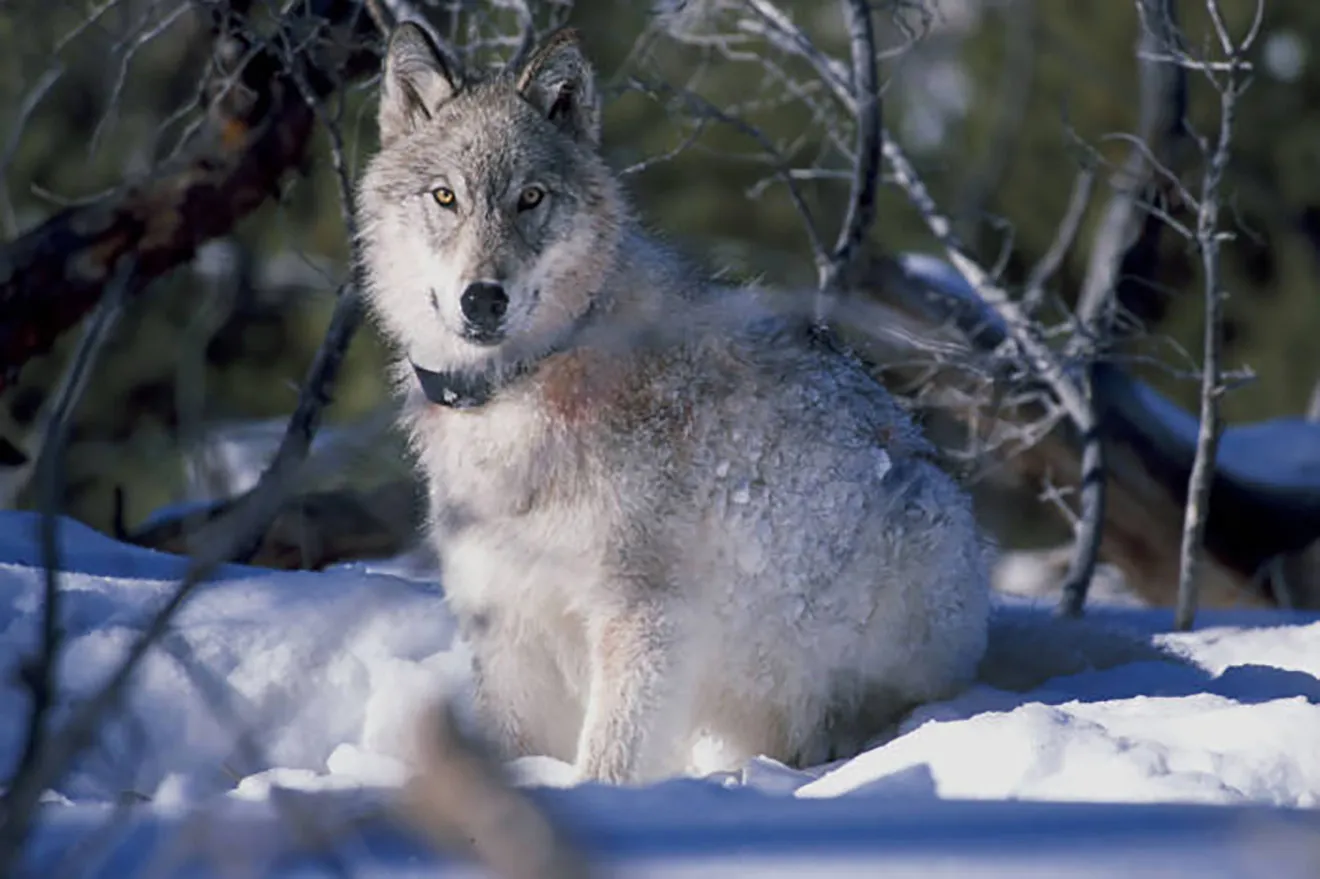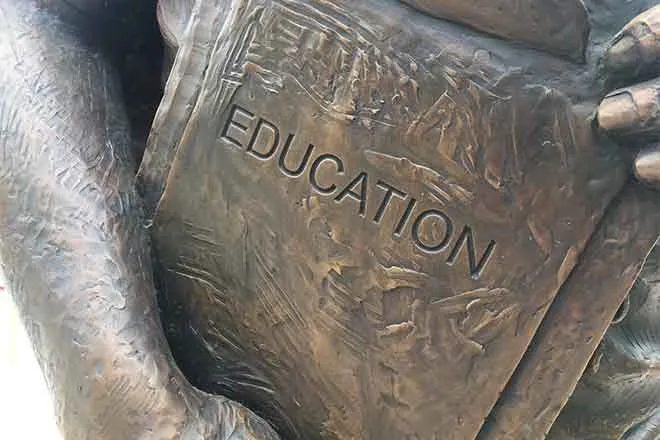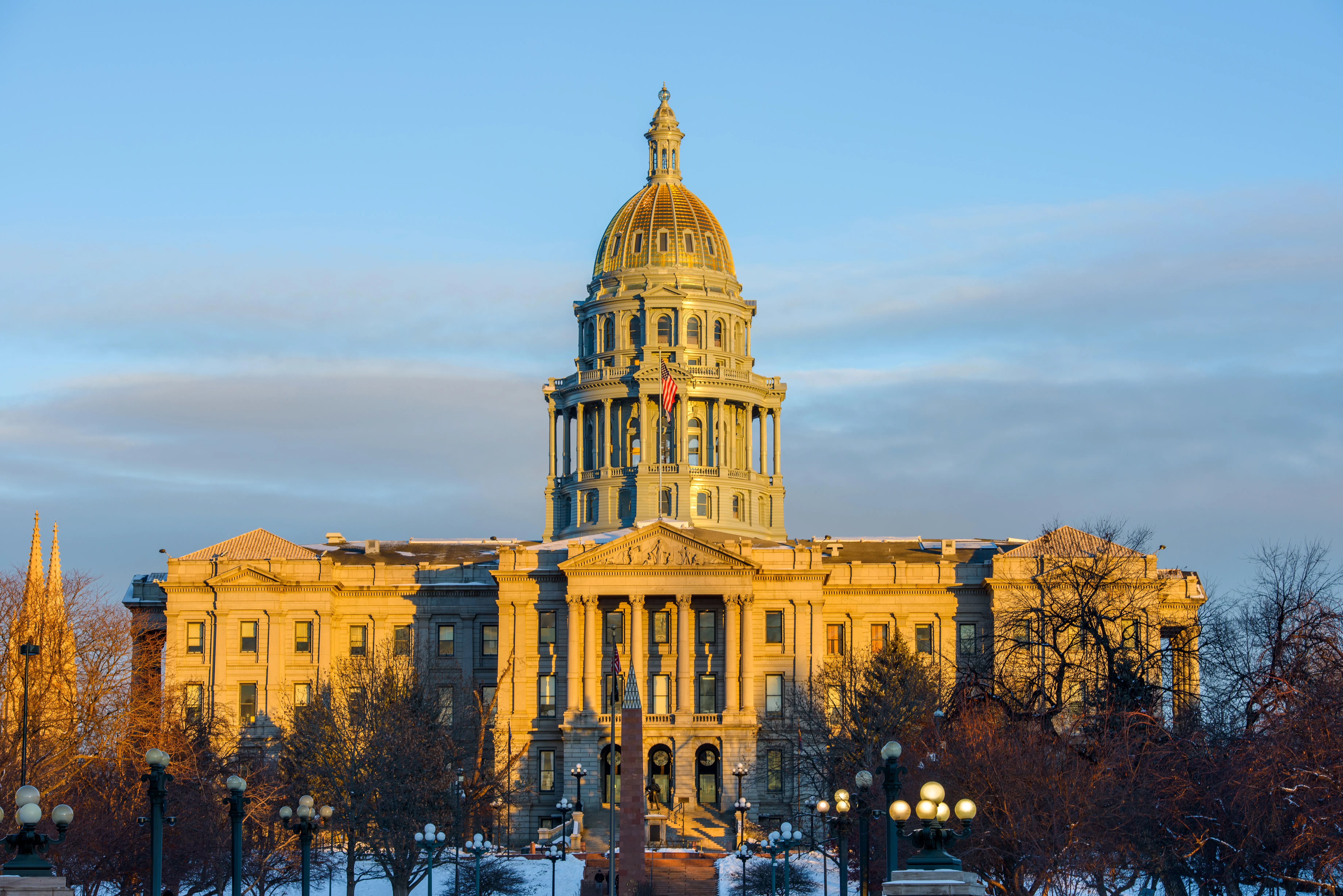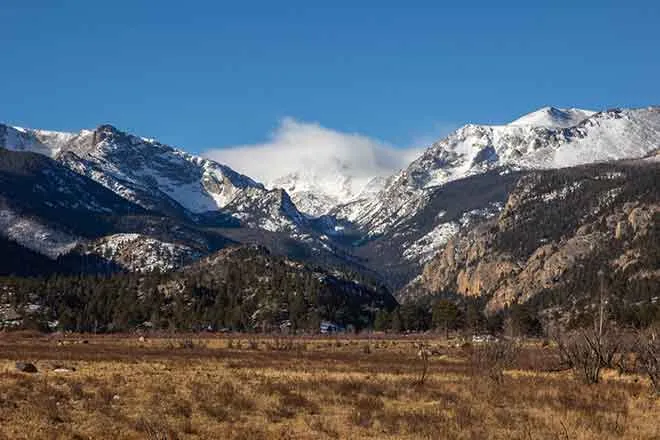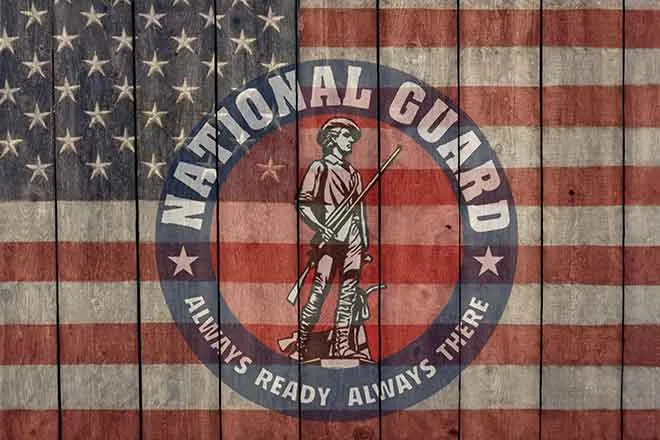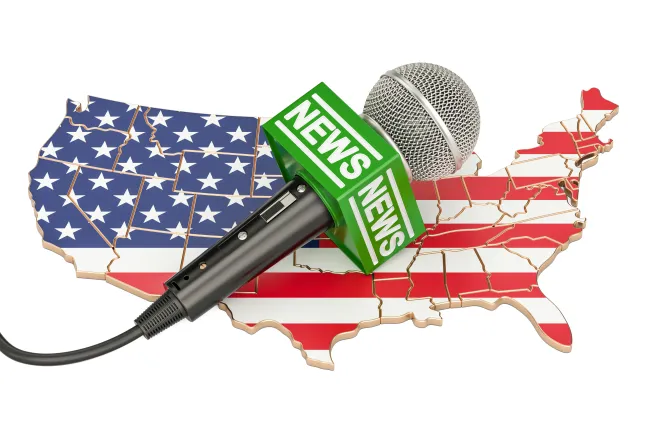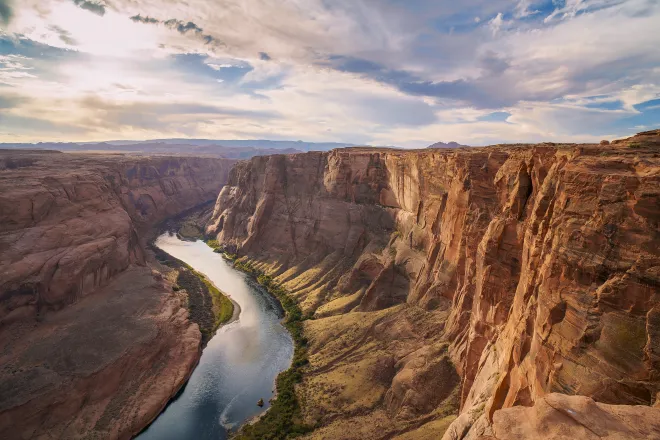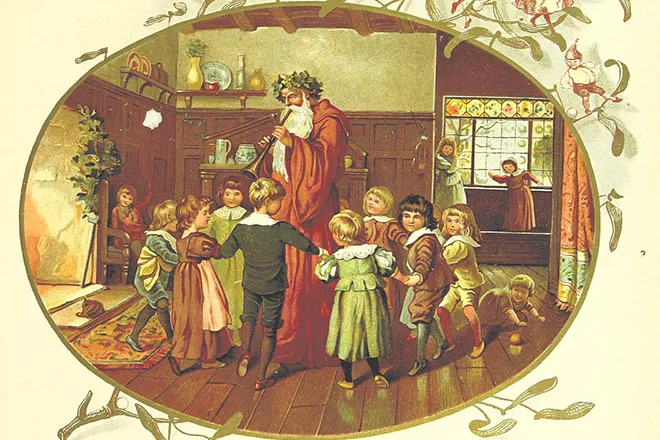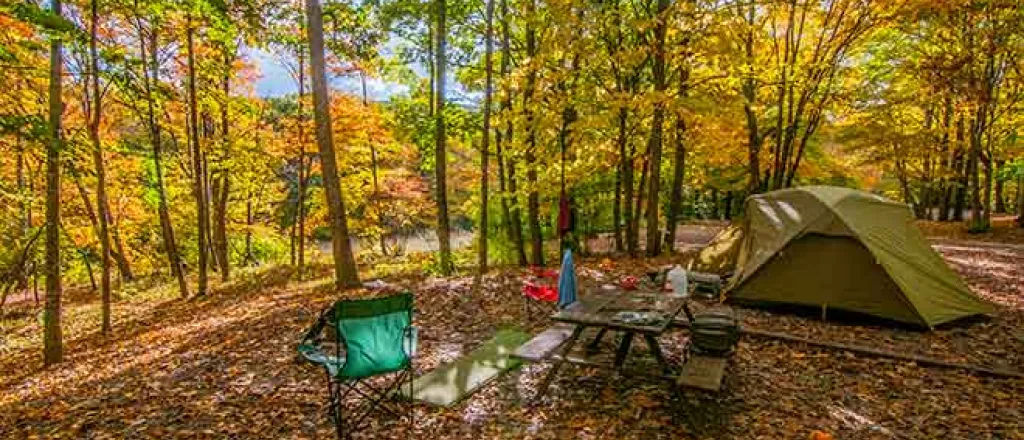
Montana, Forest Service, sign forest management agreement
Montana Governor Greg Gianforte and U.S. Forest Service Chief Tom Shultz formalized a shared forest management agreement the governor said was the first of its kind between the state and the U.S. Department of Agriculture.
Calling it a “a model for collaborative landscape scale partnerships,” Schultz said the agreement establishes a new framework to “dramatically increase the pace and scale” of forest restoration, wildlife risk reduction and sustainable timber production across Montana’s national forests and adjacent land.
“Our forests are truly key to our Montana way of life, but this key part of our way of life is at risk. Over 60 percent of forested acres in our state are classified as being at high or very high risk of wildfire and insect infestations or both,” Gianforte said in remarks with Schultz near Helena that were posted online. “These risks threaten the health of our forests. They threaten our rural communities and our water supplies. It’s important that we work collaboratively to address these risks and make our forests healthy again.”
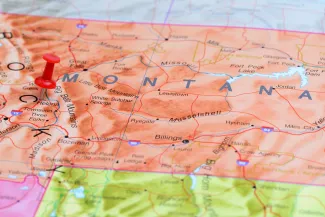
The new 20-year agreement with the Forest Service is the first of its kind in the nation, Gianforte said, and will implement a shared forest management vision across more than 200,000 acres of forested land in northwest Montana.
According to the governor’s office, the new Shared Stewardship Agreement will leverage the EXPLORE Actand Good Neighbor Authorityto streamline projects and reduce regulatory delays. Both the state and Forest Service said they’ll jointly select large-scale management projects.
The EXPLORE Act is a bipartisan outdoor recreation package of legislation that passed Congress late last year and included specific provisions championed by Montana Senator Steve Daines and Representative Ryan Zinke.
For more than a decade, the Good Neighbor Authority, authorized under the 2014 Farm Bill, has allowed the Montana Department of Natural Resources and Conservation to partner with federal agencies to manage and restore federal lands using state procedures, personnel and contracts. Given that 70 percent of Montana’s forested land is federally owned, the program has given Montana, and similar states in the West, more leeway in management decisions.
Amanda Kaster, director of the DNRC, said that since the good neighbor agreement launched, the state has sold more than 100 million board feet of timber while helping safeguard Montana’s communities from wildfire threats.
“Importantly, the revenue that is generated is reinvested into forest restoration, further reducing wildfire risk near our homes and our municipal watersheds,” Kaster said. “Over the next five years, we’re going to work on identifying and launching five to 10 site specific projects, to not only expand our good neighbor authority work into recreation infrastructure, but also strengthen wildfire resilience and community preparedness.”

© Amy Wilkins - iStock-2154356979
Kaster said the first project is slated to begin this year, and the DNRC will be launching a public online dashboard that will track acres treated, board feet harvested and community safety improvements made through the new partnership.
In a statement, Secretary of Agriculture Brook Rollins said the agreement is “exactly the kind of forward-leaning, state-driven leadership that President Trump and USDA have championed since day one. By cutting burdensome, unnecessary red tape and empowering Montana to lead, we’re proving that through real partnership, conservation and economic growth can go hand-in-hand.”
The shared stewardship agreement states that Montana’s forests are increasingly threatened by more frequent and severe wildfires, widespread insect and disease outbreaks and a “historic lack of active management” requiring a “new, integrated approach.”
By working together, the agencies aim to increase the pace and scale of restoration through coordinated planning and implementation; meet President Donald Trump’s goal of expanding domestic timber production through aggressive annual harvest targets; implement new and expanded categorical exclusions to streamline projects; continue to leverage state-federal partnerships through the Good Neighbor Authority; and increase the pace and scale of thinning and fuels reduction projects.
The first project, expected to begin this year, is projected to cover a 200,000-acre swath of national forest land with a focus on marketable timber, according to the agreement. The agencies will sign a Good Neighbor Authority agreement for this first project by the end of the year.
Following the start of that first project, the agencies will select two to four additional landscape-scale projects for feasibility assessments.
In addition to the large-scale project, the agencies will also work on from five to 10 site-specific projects using streamlined permitting processes provided by the EXPLORE Act, with the first one initiated by the end of 2024.
The agreement also outlines a commitment to an “annual sustainable volume” of timber harvest as much as 100 million board feet.
“While our state has a tradition of partnership with the Forest Service, the state of Montana’s forest demands stronger action and closer cooperation,” Gianforte said. “… Together, we can actively manage our forests, reduce fire risk, support local jobs, improve habitat and expand recreational opportunities. And yes, we can make forests healthy again.”


